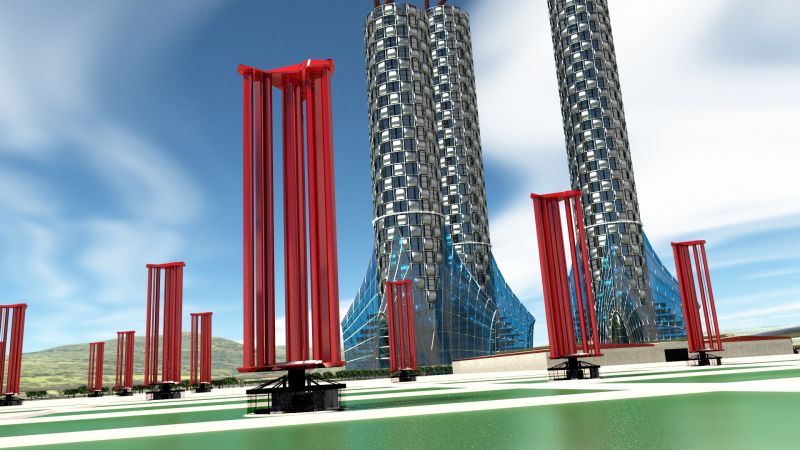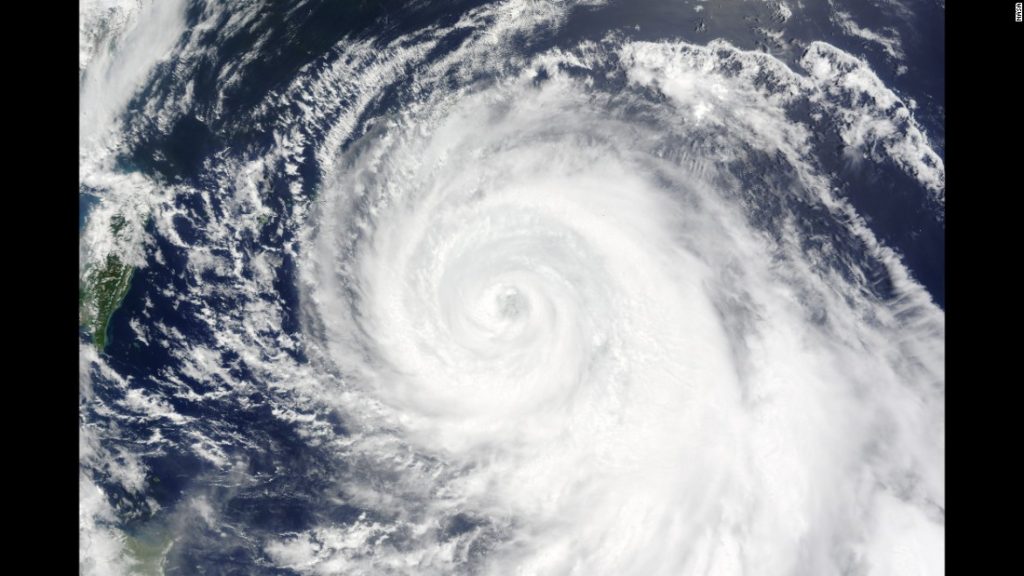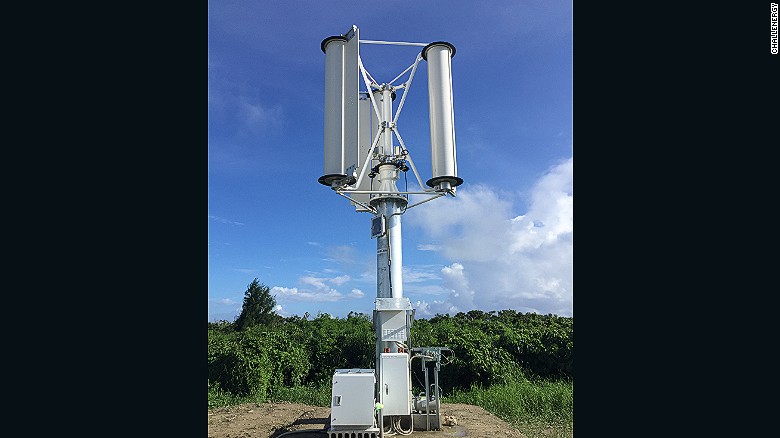21 Nov Typhoon turbines in Japan

Today, Japan imports about 84% of its energy requirements, and many of its nuclear reactors are now dormant, as the country shies away from this energy source.
Attempts at utilizing wind power have been largely unsuccessful.
“For decades, Japan has brought in European-style wind turbines, not designed for typhoon zones, and installed them with no careful consideration — they’ve broken almost entirely,” says Shimizu.
This japaneese engineer, came up with anotrher idea and has invented the world’s first typhoon turbine. A robust, egg beater-shaped wind turbine, designed not only to withstand the incredible force of a tropical cyclone, but also to harness it.
 A mature typhoon produces a level of kinetic energy “equivalent to about half the world-wide electrical generating capacity,” according to the Atlantic Oceanographic & Meteorological Laboratory.
A mature typhoon produces a level of kinetic energy “equivalent to about half the world-wide electrical generating capacity,” according to the Atlantic Oceanographic & Meteorological Laboratory.The energy from one typhoon, says Shimizu, could power Japan for 50 years, and considering six such storms have hit the country this year, we’re talking about a lot of potential energy.

Shimizu and his team made two fundamental changes to the design of conventional wind turbines.
First, they designed an omnidirectional vertical axis that is able withstand Japan’s unpredictable wind patterns.
Then they incorporated the Magnus effect — the sideways force that causes a spinning object to deviate from a straight path, like the spin on a penalty kick in soccer.
The Magnus effect offers an unprecedented level of control over the turbine’s blades. By tightening the center rod, engineers can adjust the speed of the blades to ensure they don’t spin out of control in a storm.
In July, the first prototype was installed in Okinawa. Now all the Challenergy team needs to test their creation’s efficiency in real life is a typhoon.
Source: http://www.sciencealert.com/these-typhoon-powered-wind-turbines-could-power-japan-for-50-years
http://edition.cnn.com/2016/09/27/asia/typhoon-catchers-japan-challenergy/



